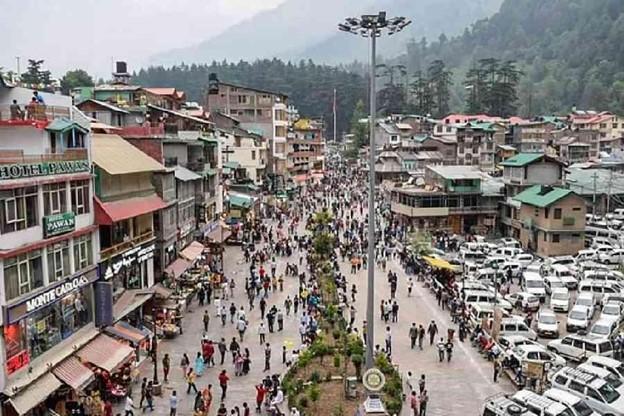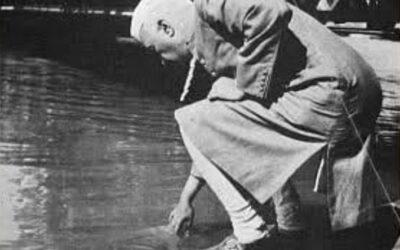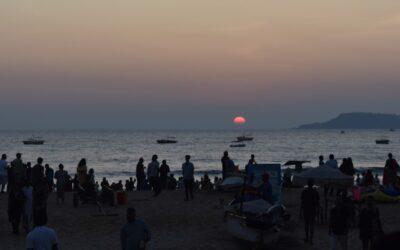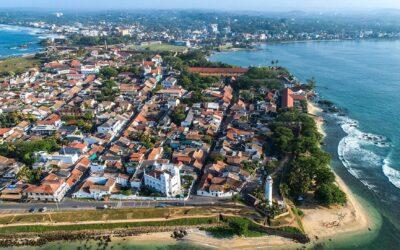Today, the phrase “overtourism” is being talked about a lot. It’s hard for places with many tourists to make money and care for the locals and the Earth simultaneously. As it seems to suggest, this word refers to places with too many tourists. This puts too much stress on the people who live there, the buildings, and the resources that are already present.
There is a lot of worry in Shimla, Manali, and other famous tourist spots in India about how the damage will affect people in the long run. In today’s times, it is almost impossible to visit these places without encountering huge crowds, resulting in packed hotels and places of visit.
The Idea Of Too Much Tourism
When a place gets too many people to handle, that’s called overtourism. This could be a loss of national identity, lousy weather, or crowded public transportation. Many people think that tourism is good for the business, but just like excess of everything is bad, issues arising from too much tourism makes host towns suffer a lot, especially when the visitors show little regard for local culture.
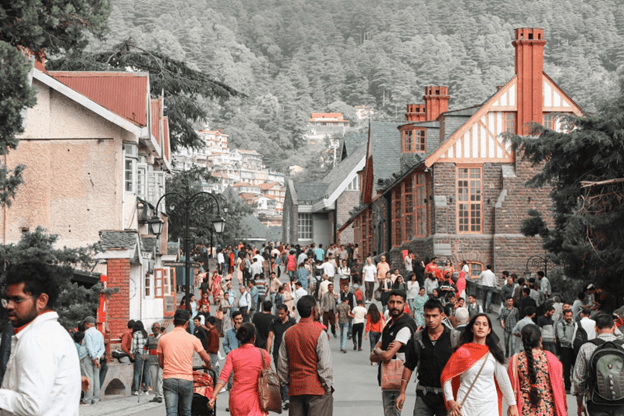
People worldwide love to take vacations in Shimla and Manali because they have beautiful scenery and pleasant weather. But it’s harder to get to these places as they’re filled with long traffic jams, crowded streets, and hotels that are full to the brim, even more so during festivals.
What Happens When Too Many People Visit Indian Destinations?
1. Local Resources Are Being Used Up Quickly
Too many tourists put a lot of stress on the area’s water, energy, and waste control systems, among other things. For example, not having enough water during the busiest travel season in Shimla has become a usual issue. The locals usually suffer the most from these gaps because there aren’t enough goods to meet the demand from tourists.
Environmental damage is also happening because more people and cars visit well-known hill spots. Since small roads were never meant to handle that much traffic, traffic jams that last an hour or more are rare. Vehicle tailpipe pollution worsens air quality, making these places less appealing.
2. The Environment Is Getting Worse
Overtourism in India can take away from the natural beauty that brings people to places like Manali and Shimla in the first place. Problems like cutting down trees, throwing trash in rivers, and dumping are common in these places. For example, the Beas River in Manali is very dirty because of uncontrolled tourists and waste management.

When people build tourist spots like hotels, spas, and other places, they forget to think about how to keep the environment safe. Landslides and other natural disasters are more likely to happen after trees are cut down and land is washed away. These changes also change the ecosystems in the area.
3. What Happens To The Economy?
In some ways, too many tourists are suitable for the business, but they can also hurt it in many ways. People find buying the things they need more complicated when more guests are around. Prices of goods and services may go up. It’s possible for this situation, which is sometimes called “tourism inflation,” to make homeowners angry.
Tourists come to these places only during certain times of the year, which makes the tourism-dependent economies of such areas vulnerable to changes. Many places find it hard to keep their doors open during the off-season or in natural disasters like the COVID-19 pandemic.
4. Effects On Society And Culture
When places get too many tourists, their unique identities can also be lost. To attract tourists, native customs and ways of life may be overshadowed or turned into products. This loss of authenticity can make locals dislike the place and make it less unique, eventually making it less appealing.
One clear sign that Indian hill villages are becoming too crowded with tourists is long lines of cars stuck in traffic during the busiest journey times. On a holiday, the roads to Shimla, Manali, and other nearby spots are often full of cars, buses, and motorcycles. After these long traffic jams, a holiday that was supposed to be relaxing could turn into a tough fight. You may have viral videos of vehicles like Toyota Fortuner driving in frozen lakes or dune-bashing with unauthorised 4×4 SUVs.
Lousy infrastructure, like limited parking spots and narrow roads, worsens the problem. Tourists often get stuck in traffic for hours, using a lot of gas and dirtying the air. These traffic jams make it hard for people to get the services they need and continue their daily lives.
Thinking Again About Tourism For A Greener Future
As problems caused by too many tourists continue, tourism management must be looked at again. Sustainable tourism projects might help lessen the harmful effects of too much tourism while keeping its sound effects.
1. Getting People To Travel Outside Of Peak Season
By getting people to come during off-peak hours, the work could be spread out more evenly throughout the year. This lets people have a more relaxed experience while easing the strain on resources.
2. Putting On The Tourist Hats
Limiting the number of people who can visit a place during busy times can help keep it from getting too crowded. Giving people licenses or tickets to get into certain places is one way to help keep tourists under control.
3. Spending Money On Infrastructure
Destinations can handle more tourists by improving transportation systems, waste management facilities, and other structures. For example, making the roads wider and marking specific parking spots could help reduce traffic.
4. Giving Travelers Advice
Tourists may behave better if they understand what will happen if they do certain things. Campaigns that tell people to care about the environment and do things like using less plastic and following local customs could make a big difference.
5. Adding More Types Of Tourist Attractions
Getting people to visit less well-known places might ease the load on busy tourist spots. This method encourages economic growth in places that aren’t as popular as the main draws.
The Way Forward
Too many tourists is a thorny issue, but it can be resolved. Suppose cities pass laws about sustainable tourism and push local governments, businesses, and communities to work together. In that case, they can find a way to let tourists in while also protecting their natural and cultural heritage.
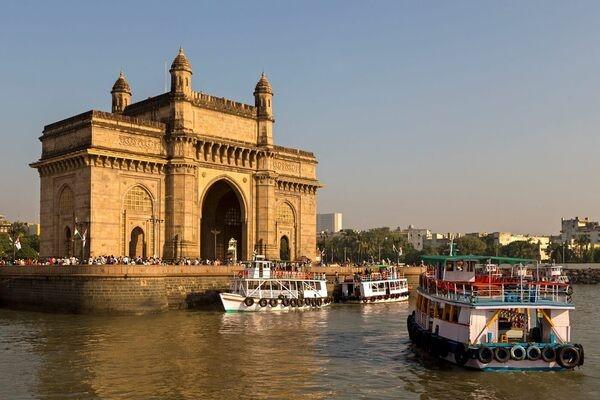
We tourists also need to do our part. There could be positive changes if people choose to travel in ways that are good for the environment, and if they are not just aware but they also tell more people about overtourism. Shimla and Manali are lovely spots that should be kept safe for others and later generations to enjoy.
To sum up, overtourism is a real problem that affects both well-known places and the people who live there. There are a lot of issues, from long-lasting traffic jams to damage to the environment. Instead, we should think about how to handle tourism again to make it more environmentally friendly and enjoyable for everyone.

